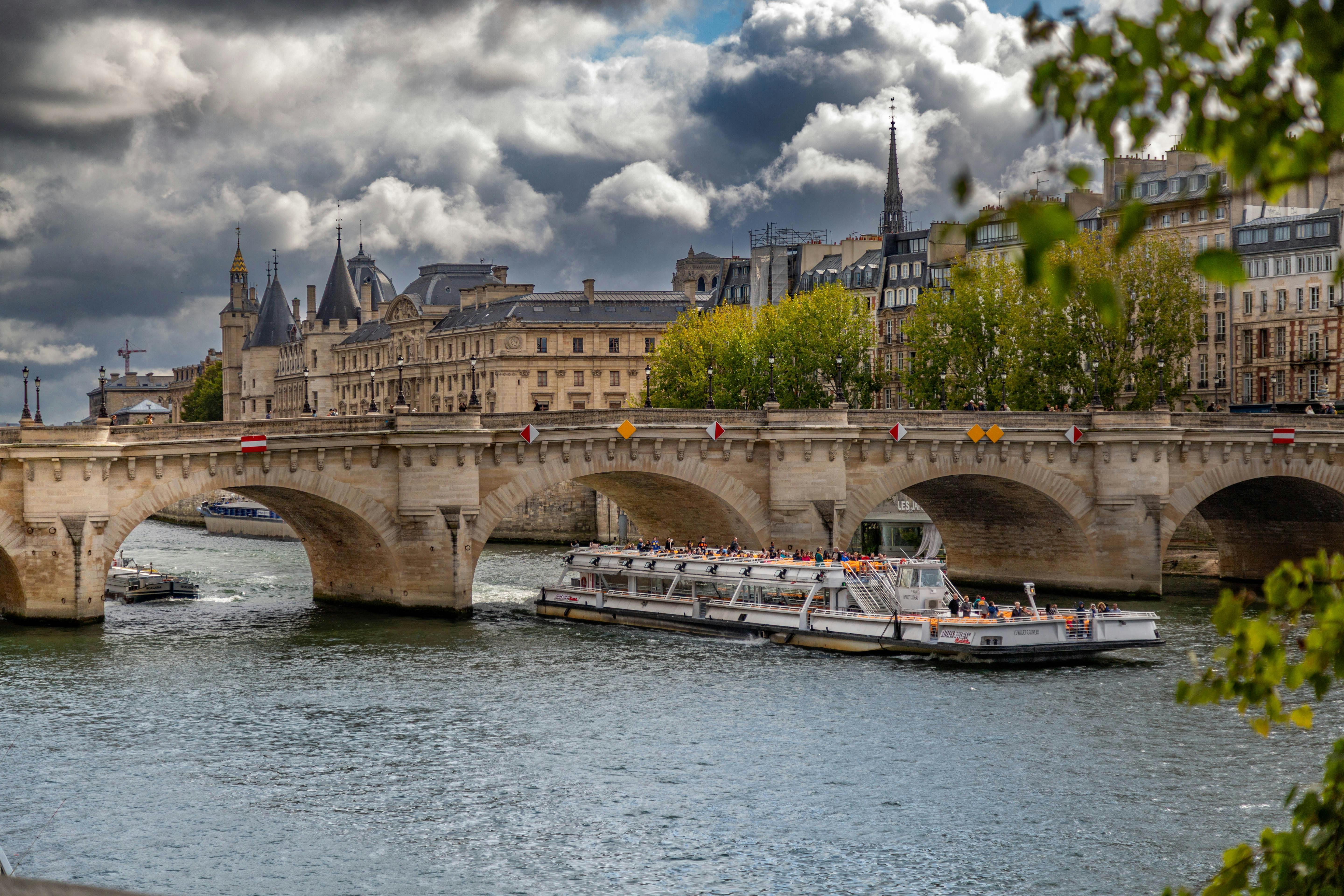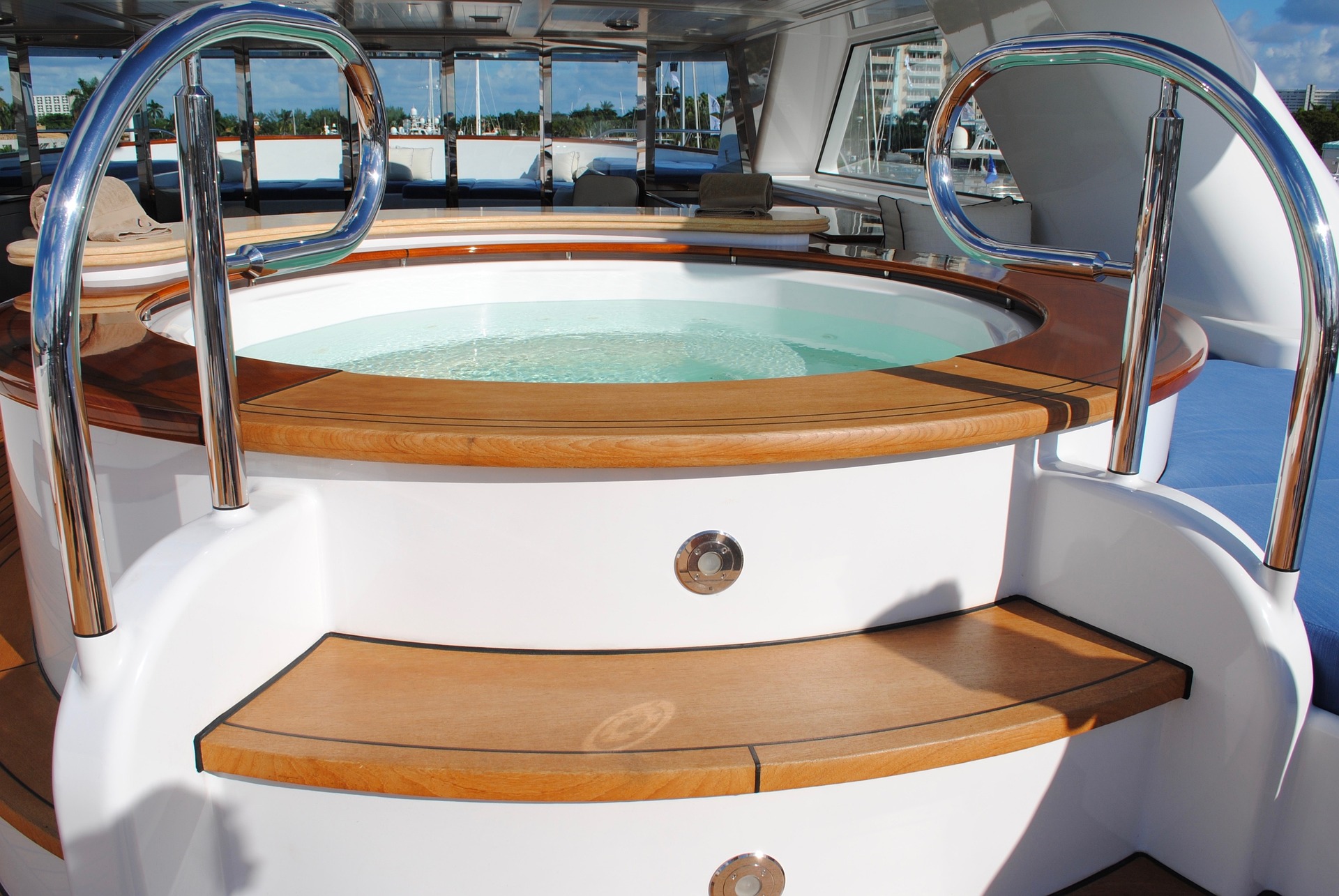Discovering the Danube: A Guide to Europe's Iconic River Cruises
Embarking on a Danube River cruise offers travelers an unparalleled journey through the heart of Europe, where centuries of history flow alongside breathtaking landscapes. This majestic waterway, spanning approximately 1,770 miles across ten countries, has witnessed the rise and fall of empires while nurturing vibrant cultures along its banks. Whether you're drawn to imperial capitals like Vienna and Budapest or charmed by quaint medieval towns that dot the shoreline, a Danube cruise combines luxury travel with cultural immersion in a way few other vacations can match.

Popular Routes Along the Danube River for Cruises
The Danube offers several distinct cruising routes, each with its own character and highlights. The Upper Danube route between Passau, Germany and Budapest, Hungary remains the most frequently booked itinerary, taking travelers through Austria’s scenic Wachau Valley and visiting Vienna, Bratislava, and Budapest. For those seeking a more comprehensive experience, the full Eastern European route extends from Passau all the way to the Black Sea, incorporating Romania and Bulgaria with visits to the dramatic Iron Gates gorge.
Many travelers opt for the classic 7-night cruise between Budapest and Nuremberg, which captures the essence of Central Europe’s cultural heritage. For a more intensive cultural journey, the Grand Danube Cruise connects Amsterdam to Budapest via the Rhine-Main-Danube Canal, typically lasting 14-15 days and traversing up to five countries. Themed cruises focused on Christmas markets, wine regions, or classical music festivals have also gained popularity in recent years.
Seasonal Schedules for Danube River Cruises
Timing your Danube cruise is crucial for maximizing your experience on the river. The primary cruising season runs from March through December, with each season offering distinct advantages. Spring cruises (March-May) showcase blooming landscapes and fewer crowds, though occasional rain showers may occur. Summer (June-August) brings the warmest temperatures and longest daylight hours, ideal for exploring riverside destinations, but also peak crowds and higher prices.
Many experienced travelers prefer the autumn months (September-October) when temperatures moderate, summer crowds dissipate, and vineyard harvests create picturesque landscapes. The December holiday season transforms the Danube into a festive wonderland with Christmas markets illuminating cities like Vienna, Budapest, and Nuremberg. Note that water levels can occasionally affect itineraries—low water levels are most common in late summer, while high water from snowmelt or heavy rains can occur in spring.
Scenic Highlights and Landscapes Along the Danube
The Danube’s course presents an ever-changing panorama of natural beauty and human achievement. The UNESCO-protected Wachau Valley between Melk and Krems in Austria offers perhaps the most photographed scenery, with terraced vineyards climbing steep hillsides crowned by medieval castles and baroque abbey towers. The dramatic Iron Gates gorge between Serbia and Romania features 1,600-foot limestone cliffs where the river narrows to less than 500 feet wide.
The river’s passage through Hungary reveals the sweeping Pannonian Plain with its pastoral landscapes and horse farms. As the Danube approaches its delta near the Black Sea, it transforms into a biodiverse wetland sanctuary housing over 300 bird species and unique aquatic ecosystems. Urban landscapes provide equally compelling views—Budapest’s illuminated Parliament building and Chain Bridge create an unforgettable nighttime panorama when viewed from the river, while Vienna’s Ringstrasse and Bratislava Castle offer elegant architectural backdrops.
Ports of Call and River Towns Visited on the Danube
The Danube’s shores are lined with cities and towns that showcase Europe’s architectural and cultural heritage. Vienna dazzles with imperial palaces and coffeehouses, while Budapest offers thermal baths and panoramic views from Fisherman’s Bastion. Smaller gems include Passau, where three rivers meet beneath baroque church spires, and Dürnstein, where Richard the Lionheart was once imprisoned in a hilltop castle.
Melk impresses visitors with its massive Benedictine abbey overlooking the river, while Bratislava combines a charming medieval core with Soviet-era architecture. Eastern destinations include Belgrade with its imposing fortress, and Bulgaria’s Veliko Tarnovo with its dramatic location along the terraced riverbank. The German town of Regensburg offers remarkably preserved medieval architecture dating back to Roman times, and Austria’s Linz blends historic charm with contemporary art and cultural institutions. Many cruises include excursions to nearby attractions not directly on the river, such as Salzburg in Austria or Český Krumlov in the Czech Republic.
Planning Tips for a Danube River Cruise Holiday
When selecting your Danube cruise, consider cabin location carefully—upper decks provide better views but at higher price points. Balcony cabins enhance the cruising experience but aren’t essential as most ships offer ample public viewing areas. Pack for variable weather conditions with layers and comfortable walking shoes for cobblestone streets. Many cruise lines offer various excursion options at each port, from traditional walking tours to active biking adventures or culinary experiences.
Most Danube cruises operate on all-inclusive or nearly all-inclusive pricing models, covering meals, guided excursions, and sometimes alcoholic beverages. While English is widely spoken at tourist sites, learning a few basic phrases in local languages enhances cultural interactions. Consider extending your trip with pre- or post-cruise stays in gateway cities like Munich, Prague, Vienna, or Budapest to explore these destinations more thoroughly. Plan your trip well in advance, as popular Danube itineraries often sell out 12-18 months ahead, especially for prime summer and Christmas market sailings.
| Cruise Line | Popular Danube Itinerary | Duration | Price Range (per person) |
|---|---|---|---|
| Viking River Cruises | Romantic Danube | 7 days | $2,000-$4,500 |
| AmaWaterways | Melodies of the Danube | 7 days | $2,500-$5,000 |
| Avalon Waterways | Active Discovery on the Danube | 8 days | $2,300-$4,800 |
| Uniworld | Enchanting Danube | 8 days | $3,000-$6,000 |
| Emerald Waterways | Danube Explorer | 8 days | $2,000-$4,000 |
Prices, rates, or cost estimates mentioned in this article are based on the latest available information but may change over time. Independent research is advised before making financial decisions.
A Danube River cruise offers a seamless blend of cultural exploration and relaxing travel unlike any other European vacation experience. From the medieval towns of Germany to the architectural splendors of Vienna and Budapest, all the way to the natural wonders of the Iron Gates and Danube Delta, this iconic waterway reveals the extraordinary diversity of Central and Eastern Europe. Whether visiting famous capitals, sampling regional wines, or simply watching the changing landscapes from the sun deck, a Danube cruise provides an intimate perspective on European history and culture that continues to captivate travelers from around the world.




